Green Infrastructure in the Urban Environment: A Systematic Quantitative Review
Abstract
1. Introduction
Wide Scale Benefits of GI
2. Materials and Methods
2.1. Systematic Quantitative Literature Review
2.2. Meta-Data
2.3. Data Analyses
3. Results
3.1. Research Effort
3.2. Geographical Distribution of Research
3.3. Climate Zone of Publication Location
3.4. Article Classification
3.5. Article Focus Area
- Health/wellbeing = 1
- Environmental/ecological = 2
- Climate = 3
- Stormwater/drainage = 4
- Planning/policy = 5
- Public open space = 6
- Economic = 7
- Social = 8
- Quality/performance of green infrastructure = 9
- Other = 10
3.6. Analysis of Focus Area Trends
4. Discussion
4.1. Research Effort
4.2. Distribution of Research
4.3. Article Type
- Review Article; an article designed which seeks to critically analyze the existing literature within a discipline or a pre-determined search criterion. Review articles are generally presented as literature reviews, systematic reviews, or a meta-analyses.
- Case Study; an article that focuses on a specific location or subject. Generally, case studies present new found data on a case study topic.
- Research Article; sometimes interchangeably known as an original research article, which generally includes the pursuit of a research question, hypothesis or aim.
- Technical Article; generally dominated by science- and medicine-based fields, technical articles tend to focus heavily on documenting methodologies and data, rather than discussing opinions, hypotheses and philosophy.
4.4. Article Focus Areas
4.5. Article Focus Area Correlations
4.5.1. Climate and Infrastructure
4.5.2. Storm Water and Economic
4.5.3. Planning/Policy and Quality/Performance of Green Infrastructure
4.5.4. Public Open Space and Economic
4.5.5. Public Open Space and Quality/Performance of Green Infrastructure
4.6. Visual Representation
5. Conclusions
Supplementary Materials
Author Contributions
Funding
Acknowledgments
Conflicts of Interest
References
- Beyond Petroleum. BP Statistical Review of World Energy, 67th ed. June 2018. Available online: https://www.bp.com/content/dam/bp/business-sites/en/global/corporate/pdfs/energy-economics/statistical-review/bp-stats-review-2018-full-report.pdf (accessed on 9 February 2019).
- United States Environmental Protection Agency. Global Greenhouse Gas Emissions Data. Available online: https://www.epa.gov/ghgemissions/global-greenhouse-gas-emissions-data (accessed on 9 February 2019).
- Global Carbon Atlas. CO2 Emissions. Available online: http://www.globalcarbonatlas.org/en/CO2-emissions (accessed on 9 February 2019).
- Sperling, D.; Gordon, D. Two Billion Cars: Driving Toward Sustainability; Oxford University Press: New York, NY, USA, 2009. [Google Scholar]
- Statista. Number of Passenger Cars and Commercial Vehicles in Use Worldwide from 2006 to 2015 in (1000 units). Available online: https://www.statista.com/statistics/281134/number-of-vehicles-in-use-worldwide/ (accessed on 9 February 2019).
- World Health Organization. Registered Vehicles Data by County. Available online: http://apps.who.int/gho/data/node.main.A995 (accessed on 9 February 2019).
- World Population Review. 2019 World Population by Country. Available online: http://worldpopulationreview.com/ (accessed on 9 February 2019).
- NASA. NASA Scientists Relate Urban Population to Air Pollution. Available online: https://www.nasa.gov/content/goddard/nasa-scientists-relate-urban-population-to-air-pollution (accessed on 9 February 2019).
- Soltani, A.; Sharifi, E. Daily variation of urban heat island effect and its correlations to urban greenery: A case study of Adelaide. Front. Archit. Res. 2017, 6, 529–538. [Google Scholar] [CrossRef]
- Khan, A.A. Why would sea-level rise for global warming and polar ice-melt? Geosci. Front. 2019, 10, 481–494. [Google Scholar] [CrossRef]
- Pickering, C.M.; Byrne, J. The benefits of publishing systematic quantitative literature reviews for PhD. candidates and other early career researchers. High Educ. Res. Dev. 2013, 33, 534–548. [Google Scholar] [CrossRef]
- Met Office. Weather and Climate Guide. Available online: https://www.metoffice.gov.uk/binaries/content/assets/mohippo/pdf/4/d/weather_and_climate_guide.pdf (accessed on 9 February 2019).
- Blais, L. The legitimate reach of the environmental revolution. Harv. J. Lawn Public Policy 2014, 37, 13–22. [Google Scholar]
- Scheuler, T. Controlling Urban Runoff: A Practical Manual for Planning and Designing Urban BMPs; Metropolitan Washington Council of Governments: Washington, DC, USA, 1987.
- Naumann, S.; McKenna, D.; Kaphengst, T.; Pieterse, M.; Rayment, M. Design, Implementation and Cost Elements of Green Infrastructure Projects; Final Report to the European Commission; Ecologic Institute and GHK Consulting: Overland Park, KS, USA, 2011; Available online: http://ec.europa.eu/environment/enveco/biodiversity/pdf/GI_DICE_FinalReport.pdf (accessed on 9 February 2019).
- Ashley, R.M.; Nowell, R.; Gersonius, B.; Walker, L. Surface Water Management and Urban Green Infrastructure: A Review of Potential Benefits and UK and International Practices; Foundation for Water Research: Buckinghamshire, UK, 2011. [Google Scholar]
- Foster, J.; Lowe, A.; Winkelman, S. The Value of Green Infrastructure for Urban Climate Adaptation; Centre for Clean Air Policy: Washington, DC, USA, 2011; Available online: http://ccap.org/assets/The-Value-of-Green-Infrastructure-for-Urban-Climate-Adaptation_CCAP-Feb2011.pdf (accessed on 9 February 2019).
- Norton, B.A.; Coutts, A.M.; Livesley, S.J.; Harris, R.J.; Hunter, A.M.; Williams, N.S. Planning for cooler cities: A framework to prioritise green infrastructure to mitigate high temperatures in urban landscapes. Landsc. Urban Plan. 2015, 134, 127–138. [Google Scholar] [CrossRef]
- Ramstien, G. Climates of the earth and cryosphere evolution. Surv. Geophys. 2011, 30, 329–350. [Google Scholar] [CrossRef]
- Mell, I.C. Green infrastructure: Reflections on past, present and future praxis. Landsc. Res. 2017, 42, 135–145. [Google Scholar] [CrossRef]
- Tzoulas, K.; Korpela, K.; Venn, S.; Yli-Pelkonen, V.; Kaźmierczak, A.; Niemela, J.; James, P. Promoting ecosystem and human health in urban areas using green infrastructure: A literature review. Landsc. Urban Plan. 2007, 81, 167–178. [Google Scholar] [CrossRef]
- Burley, B.A. Green infrastructure and violence: Do new street trees mitigate violent crime? Health Place 2018, 54, 43–49. [Google Scholar] [CrossRef]
- Suppakittpaisarn, P.; Jiang, X.; Sullivan, W.C. Green infrastructure, green stormwater infrastructure, and human health: A review. Curr. Landsc. Ecol. Rep. 2017, 2, 96–110. [Google Scholar] [CrossRef]
- Parker, J.; Simpson, G.D. Visitor satisfaction with a public green infrastructure and urban nature space in Perth, Western Australia. Land 2018, 7, 159. [Google Scholar] [CrossRef]
- Parker, J. A Survey of Park User Perception in the Context of Green Space and City Liveability: Lake. Claremont, Western Australia. Master’s Thesis, Murdoch University, Perth, Australia, 2017. [Google Scholar]
- Cameron, R.W.F.; Blanuˇsa, T.; Taylor, J.E.; Salisbury, A.; Halstead, A.J.; Henricot, B.; Thompson, K. The domestic garden—Its contribution to urban green infrastructure. Urban For. Urban Green. 2012, 11, 129–137. [Google Scholar] [CrossRef]
- Mekala, G.D.; Jones, R.N.; MacDonald, D.H. Valuing the benefits of creek rehabilitation: Building a business case for public investments in urban green infrastructure. J. Environ. Manag. 2014, 55, 1354–1365. [Google Scholar] [CrossRef] [PubMed]
- Mathey, J.; Rößler, S.; Banse, J.; Lehmann, I.; Bräuer, A. Brownfields as an element of green infrastructure for implementing ecosystem services into urban areas. J. Urban Plan. Dev. 2015, 141, 1–13. [Google Scholar] [CrossRef]
- Heckert, M.; Rosan, C.D. Creating GIS-based planning tools to promote equity through green Infrastructure. Front. Built Environ. 2018, 4, 1–5. [Google Scholar] [CrossRef]
- Lovell, S.T.; Taylor, J.R. Supplying urban ecosystem services through multifunctional green infrastructure in the United States. Landsc. Ecol. 2013, 28, 1447–1463. [Google Scholar] [CrossRef]
- Tiwary, A.; Williams, I.D.; Heidrich, O.; Namdeo, A.; Bandaru, V.; Calfapietra, C. Development of multi-functional streetscape green infrastructure using a performance index approach. Environ. Pollut. 2016, 208, 209–220. [Google Scholar] [CrossRef]
- Sarkara, S.; Butcher, J.B.; Johnson, T.E.; Clark, C.M. Simulated sensitivity of urban green infrastructure practices to climate change. Earth Interact. 2018, 22, 1–37. [Google Scholar] [CrossRef]
- Wang, Y.; Bakker, F.; de Groot, R.; Wörtche, H. Effect of ecosystem services provided by urban green infrastructure on indoor environment: A literature review. Build. Environ. 2014, 77, 88–100. [Google Scholar] [CrossRef]
- Pugh, T.A.M.; MacKenzie, R.; Whyatt, J.D.; Hewitt, N. Effectiveness of green infrastructure for improvement of air quality in urban street canyons. Environ. Sci. Technol. 2012, 46, 7692–7699. [Google Scholar] [CrossRef]
- Jayasooriya, V.M.; Ng, A.W.M.; Muthukumaran, S.; Perera, B.J.C. Green infrastructure practices for improvement of urban air quality. Urban For. Urban Green. 2017, 21, 34–47. [Google Scholar] [CrossRef]
- Chen, Y.; Whalley, A. Green infrastructure: The effects of urban rail transit on air quality. Am. Econ. J. Econ. Policy 2012, 4, 58–97. [Google Scholar] [CrossRef]
- Meerow, S.; Newell, J.P. Spatial planning for multifunctional green infrastructure: Growing resilience in Detroit. Landsc. Urban Plan. 2017, 159, 62–75. [Google Scholar] [CrossRef]
- Li, C.; Peng, C.; Chiang, P.; Cai, Y.; Wang, X.; Yang, Z. Mechanisms and applications of green infrastructure practices for stormwater control: A review. J. Hydrol. 2018, 568, 626–637. [Google Scholar] [CrossRef]
- Roe, M.; Mell, I. Negotiating value and priorities: Evaluating the demands of green infrastructure development. J. Environ. Plan. Manag. 2013, 56, 650–673. [Google Scholar] [CrossRef]
- Kousky, C.; Olmstead, S.M.; Walls, M.A.; Macauley, M. Strategically placing green infrastructure: Cost-effective land conservation in the floodplain. Environ. Sci. Technol. 2013, 47, 3563–3570. [Google Scholar] [CrossRef] [PubMed]
- Jayasooriya, V.M.; Ng, A.W.M. Tools for modeling of stormwater management and economics of green infrastructure practices: A review. Water Air Soil Pollut. 2014, 225, 2055–2246. [Google Scholar] [CrossRef]
- Zidar, K.; Belliveau-Nance, M.; Cucchi, M.; Denk, D.; Kricun, A.; O’Rourke, S.; Rahman, S.; Rangarajan, S.; Rothstein, E.; Shih, J.; et al. A Framework for Multifunctional Green Infrastructure Investment in Camden, NJ. Urban Plan. 2017, 2, 56–73. [Google Scholar] [CrossRef]
- Law, E.P.; Diemont, S.; Toland, T.R. A sustainability comparison of green infrastructure interventions using emergy evaluation. J. Clean. Prod. 2017, 145, 374–385. [Google Scholar] [CrossRef]
- Spatari, S.; Yu, Z.; Montalto, F.A. Life cycle implications of urban green infrastructure. Environ. Pollut. 2011, 159, 2174–2179. [Google Scholar] [CrossRef]
- Semeraro, T.; Pomes, A.; Del Giudice, C.; Negro, D.; Aretano, R. Planning ground based utility scale solar energy as green infrastructure to enhance ecosystem services. Energy Policy 2018, 117, 218–227. [Google Scholar] [CrossRef]
- Marušić, B.G. Social behaviour as a basis for the design and development of green infrastructure. Urbani Izziv 2015, 26, 130–149. [Google Scholar]
- Shafer, C.S.; Scott, D.; Baker, J.; Winemiller, K. Recreation and amenity values of urban stream corridors: Implications for green infrastructure. J. Urban Des. 2013, 18, 478–493. [Google Scholar] [CrossRef]

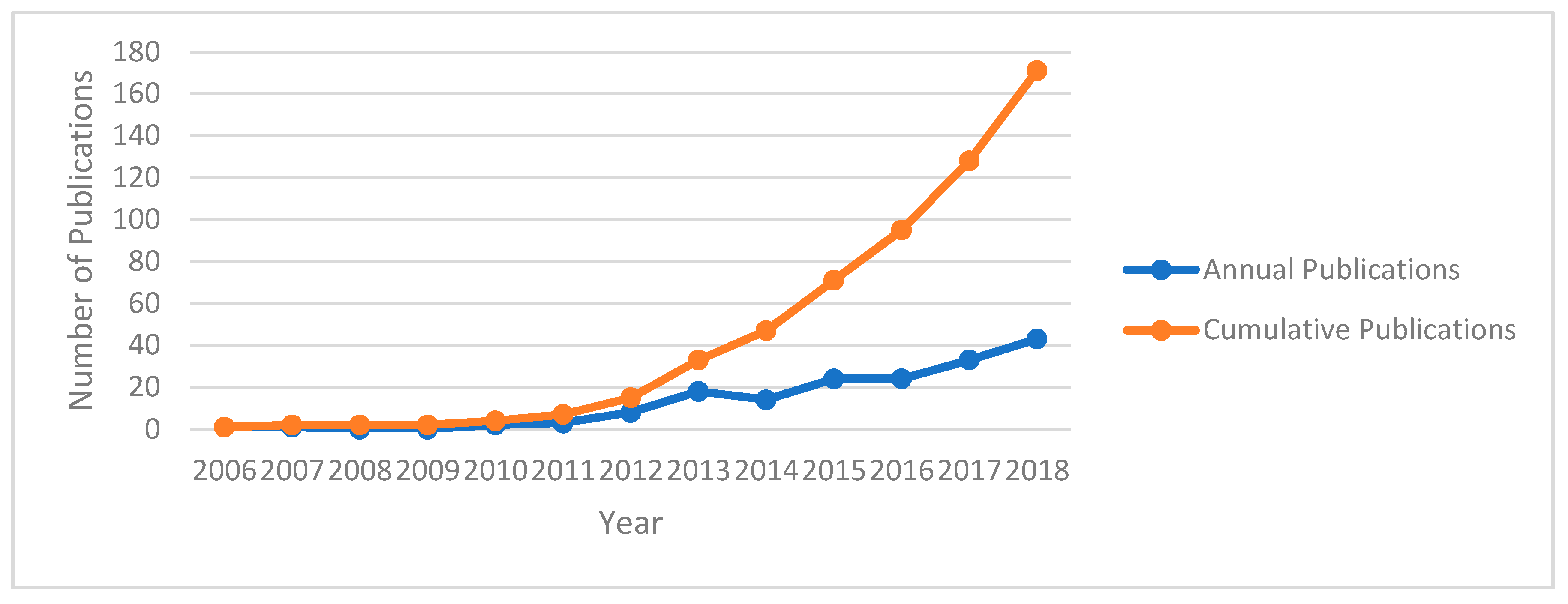
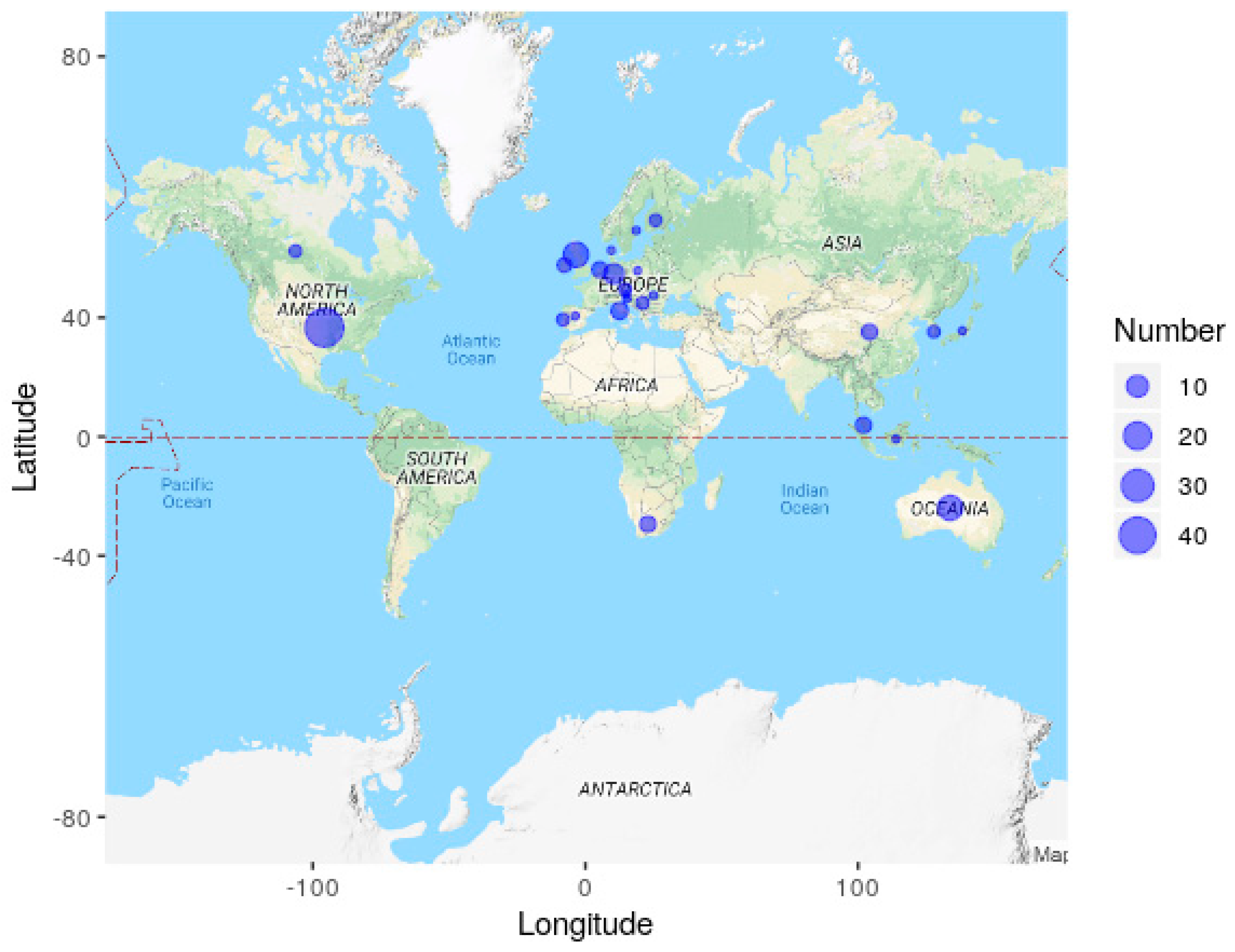


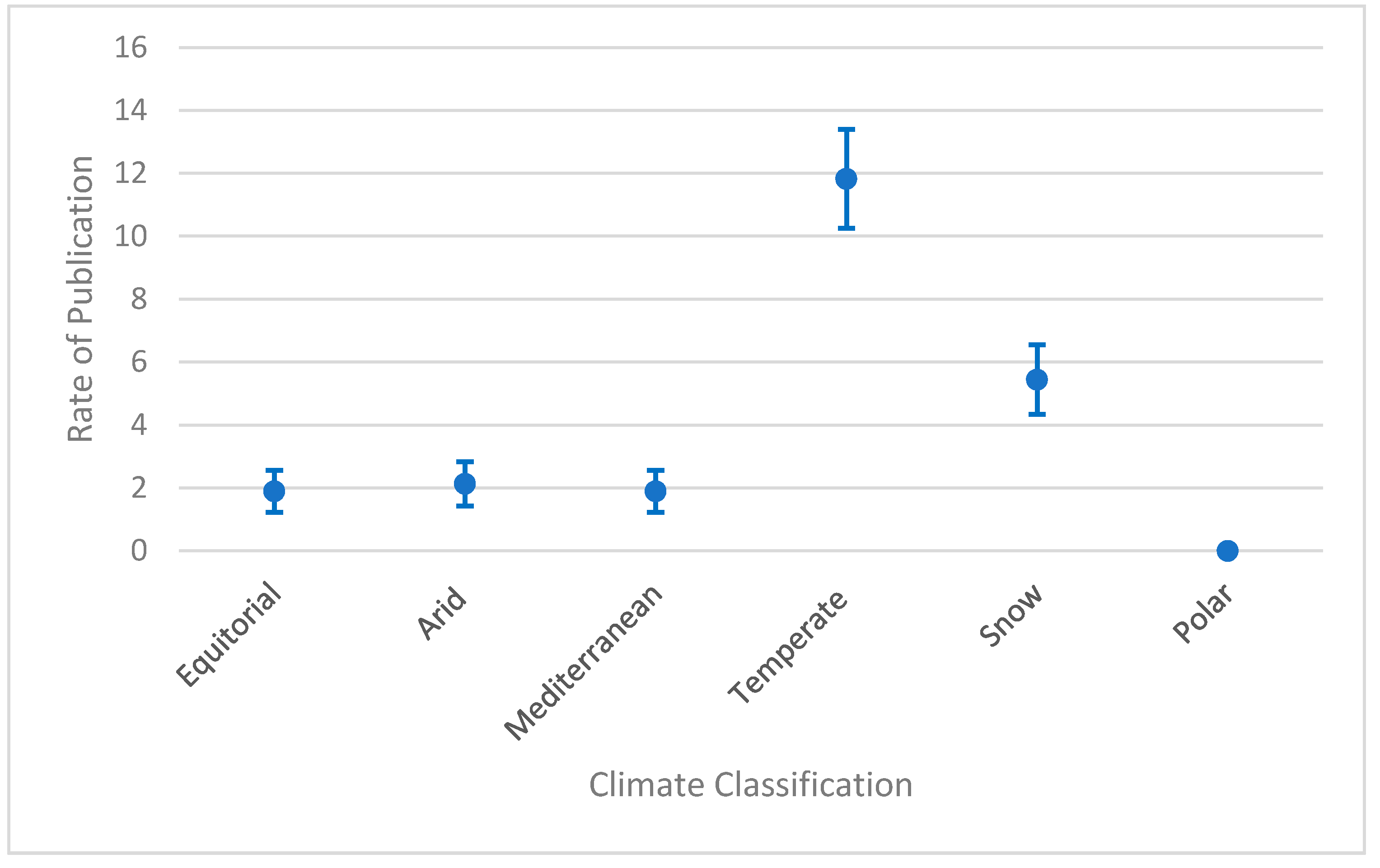
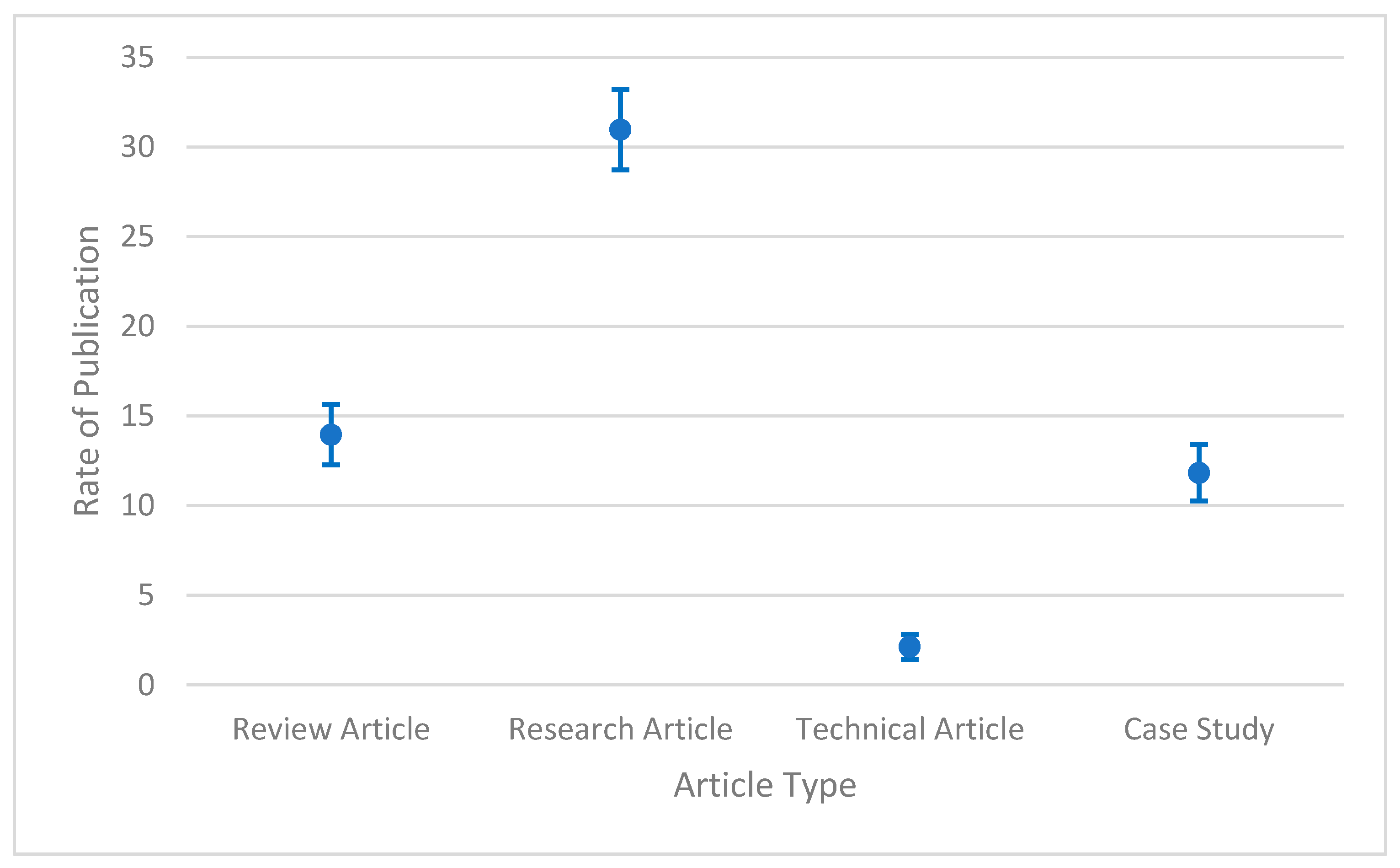
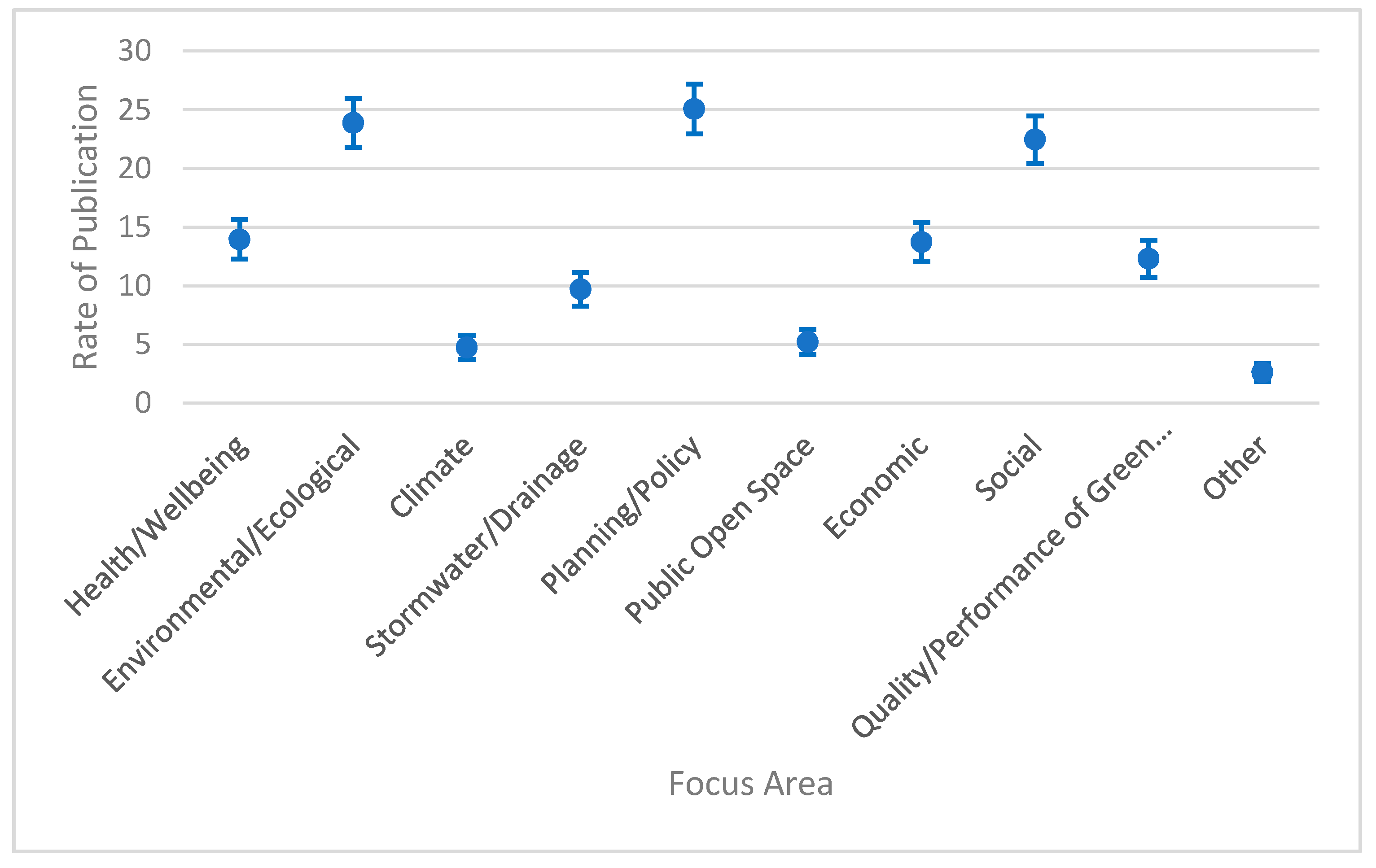
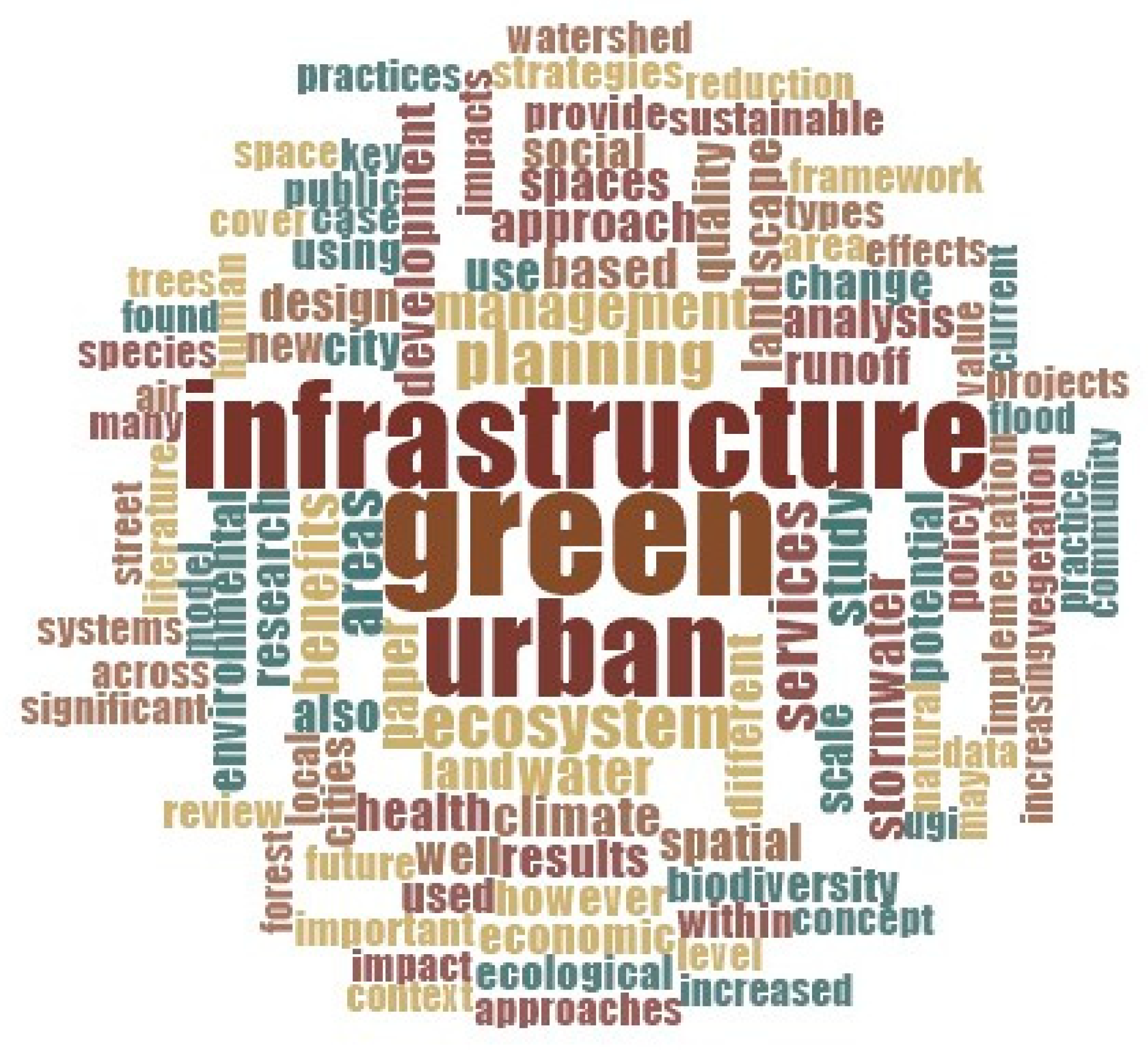

| Benefit | Example References |
|---|---|
| Improved mental health | Burley, 2018 [20]; Suppakittpaisarn et al. 2017 [21]; Parker & Simpson 2018 [22]; Parker, 2017 [23]; Camerona et al. 2012 [24]; Mekala et al. 2014 [25]; Tzoulas et al. 2007 [19]; Mathey et al. 2015 [26]; Heckert & Rosan, 2018 [27]. |
| Improved physical health | Suppakittpaisarn et al. 2017 [21]; Camerona et al. 2012 [24]; Mekala et al. 2014 [25]; Tzoulas et al. 2007 [19]; Mathey et al. 2015 [26]; Heckert & Rosan, 2018 [27]. |
| Improved cognitive recovery | Suppakittpaisarn et al. 2017 [21]; Tzoulas et al. 2007 [19]. |
| Increased productivity | Suppakittpaisarn et al. 2017 [21]; Tzoulas et al. 2007 [19]. |
| Reduction in stress | Suppakittpaisarn et al. 2017 [21]; Camerona et al. 2012 [24]; Tzoulas et al. 2007 [19]. |
| Benefit | Example References |
|---|---|
| Carbon sequestration | Lovell & Taylor, 2013 [28]; Heckert & Rosan, 2018 [27]; Tiwary et al. 2016 [29]; Sarkara et al. 2018 [30]; Mekala et al. 2014 [25]. |
| Increase in biodiversity | Lovell & Taylor, 2013 [28]; Camerona et al. 2012 [24]; Tzoulas et al. 2007 [19]; Mathey et al. 2015 [26]; Norton et al. 2015 [16]. |
| Improved air quality | Camerona et al. 2012 [24]; Norton et al. 2015 [16]; Wang et al. 2014 [31]; Pugh et al. 2012 [32]; Jayasooriya et al. 2017 [33]; Chen & Whalley, 2012 [34]. |
| Habitat opportunities | Camerona et al. 2012 [24]; Tzoulas et al. 2007 [19]; Mathey et al. 2015 [26]; Norton et al. 2015 [16]; Meerow & Newell, 2017 [35]. |
| Food source | Camerona et al. 2012 [24]; Tzoulas et al. 2007 [19]; Mathey et al. 2015 [26]; Norton et al. 2015 [16]; Meerow & Newell, 2017 [35]. |
| Climate mediation | Lovell & Taylor, 2013 [28]; Li et al. 2018 [36]; Roe & Mell, 2013 [37]; Norton et al. 2015 [16]; Mathey et al. 2015 [26]. |
| Benefit | Example References |
|---|---|
| Cheaper than alternatives in capital cost | Kousky et al. 2013 [38]; Jayasooriya & Ng, 2014 [39]; Mekala et al. 2014 [25]; Zidar et al. 2017 [40]; Law et al. 2017 [41]. |
| Cheaper than alternatives in operational cost | Kousky et al. 2013 [38]; Jayasooriya & Ng, 2014 [39]; Mekala et al. 2014 [25]; Law et al. 2017 [41]. |
| Reduced energy usage | Law et al. 2017 [41]; Tiwary et al. 2016 [29]; Wang et al. 2014 [31]; Spatari et al. 2011 [42]; Semeraro et al. 2018 [43]. |
| Benefit | Example References |
|---|---|
| Increased social cohesion | Marušić, 2015 [44]. |
| Increased amenity | Shafer et al. 2013 [45]; Parker & Simpson 2018 [22]; Parker, 2017 [23]. |
| Reduced crime | Burley, 2018 [20]; Suppakittpaisarn et al. 2017 [21]. |
| Data Marker | Data Type | Description |
|---|---|---|
| Paper ID | Numeric | Identification numbers assigned 1–171 to catalogue research throughout the review process. |
| Author/s | Text | Names of authors as they appear on the article |
| First In-text Reference | Text | In-text reference as it appeared in the associated Review Article |
| Subsequent In-text Reference | Text | Subsequent in-text reference as it appeared in the Review Article |
| End-text Reference | Text | End-text reference as it appeared in the Review Article |
| Year | Date | Year of publication |
| Title | Text | Title of article |
| Journal Title | Text | Title of publishing journal |
| Volume, Issue, Pages | Numeric | Volume, issue and page numbers of articles as they appeared on the article |
| Data Marker | Data Type | Description |
|---|---|---|
| Macro Publication Location | Categorical | 1 = Australia 2 = International (countries other than Australia) 3 = Global (broadly focused where specific countries are not indicated) |
| Country | Text | Publication country as it appeared on the article |
| Region/State | Text | Publication region/state as it appeared on the article NA = Not application NS = Not specified |
| City/Town | Text | Publication city/town as it appeared on the article NA = Not application NS = Not specified |
| Climate Category | Categorical | 1 = Equatorial |
| 2 = Arid | ||
| 3 = Mediterranean | ||
| 4 = Temperate | ||
| 5 = Snow | ||
| 6 = Polar NA = Not application NS = Not specified |
| Article Type | Data Type | Description |
|---|---|---|
| Review Article | Categorical | 1 = Yes 0 = No |
| Research Article | Categorical | 1 = Yes 0 = No |
| Technical Article | Categorical | 1 = Yes 0 = No |
| Case Study | Categorical | 1 = Yes 0 = No |
| Focus Area/s | Data Type | Description |
|---|---|---|
| Health and Wellbeing | Categorical | 1 = Yes 0 = No |
| Environmental and Ecological | Categorical | 1 = Yes 0 = No |
| Climate | Categorical | 1 = Yes 0 = No |
| Stormwater and Drainage | Categorical | 1 = Yes 0 = No |
| Planning and Policy | Categorical | 1 = Yes 0 = No |
| Public Open Space | Categorical | 1 = Yes 0 = No |
| Economic | Categorical | 1 = Yes 0 = No |
| Social | Categorical | 1 = Yes 0 = No |
| Quality and Performance of Green Infrastructure | Categorical | 1 = Yes 0 = No |
| Other | Text | Manually entered focus area that does not feature in the list above. |
| Equatorial | Arid | Mediterranean | Snow | Polar | Temperate | Total |
|---|---|---|---|---|---|---|
| 8 (8.16%) | 9 (9.18%) | 8 (8.16%) | 23 (23.47%) | Nil Nil | 50 (51.02%) | 98 (100.00%) |
© 2019 by the authors. Licensee MDPI, Basel, Switzerland. This article is an open access article distributed under the terms and conditions of the Creative Commons Attribution (CC BY) license (http://creativecommons.org/licenses/by/4.0/).
Share and Cite
Parker, J.; Zingoni de Baro, M.E. Green Infrastructure in the Urban Environment: A Systematic Quantitative Review. Sustainability 2019, 11, 3182. https://doi.org/10.3390/su11113182
Parker J, Zingoni de Baro ME. Green Infrastructure in the Urban Environment: A Systematic Quantitative Review. Sustainability. 2019; 11(11):3182. https://doi.org/10.3390/su11113182
Chicago/Turabian StyleParker, Jackie, and Maria Elena Zingoni de Baro. 2019. "Green Infrastructure in the Urban Environment: A Systematic Quantitative Review" Sustainability 11, no. 11: 3182. https://doi.org/10.3390/su11113182
APA StyleParker, J., & Zingoni de Baro, M. E. (2019). Green Infrastructure in the Urban Environment: A Systematic Quantitative Review. Sustainability, 11(11), 3182. https://doi.org/10.3390/su11113182





